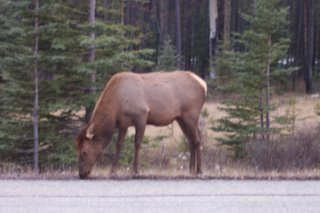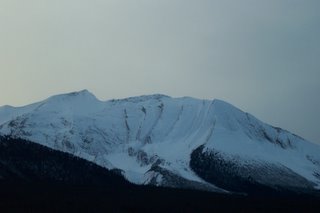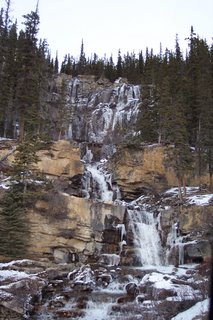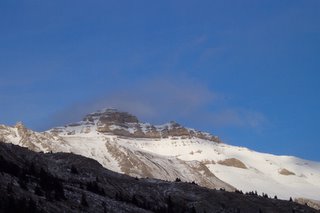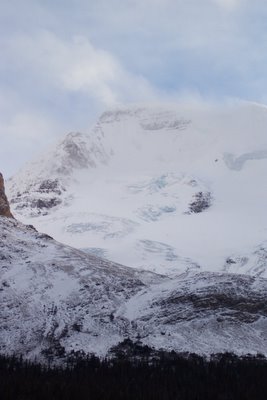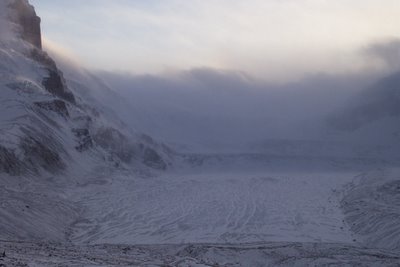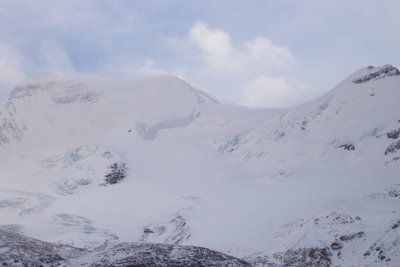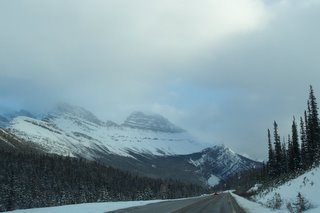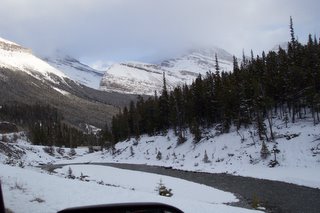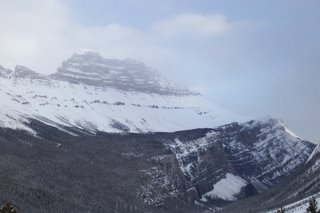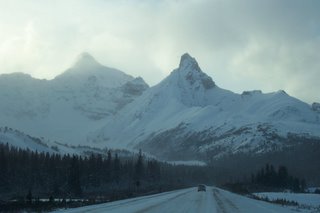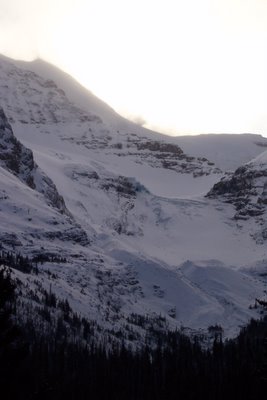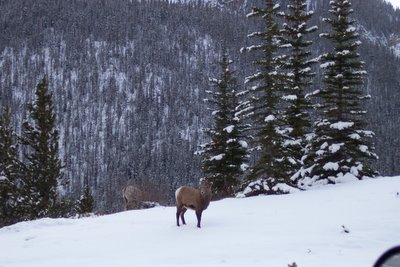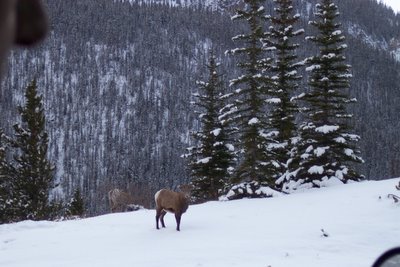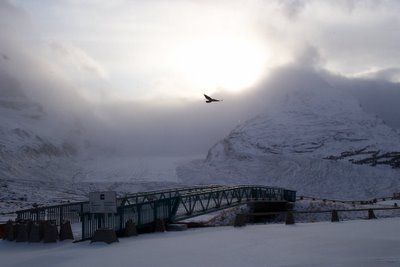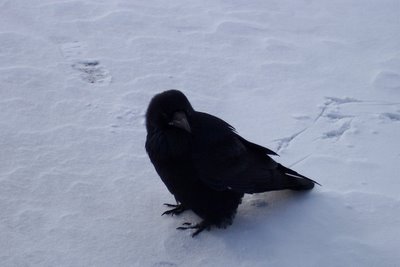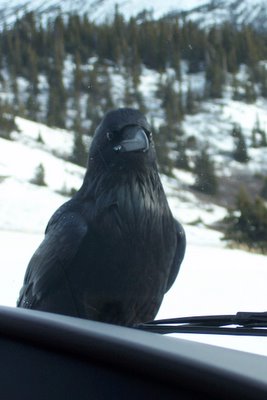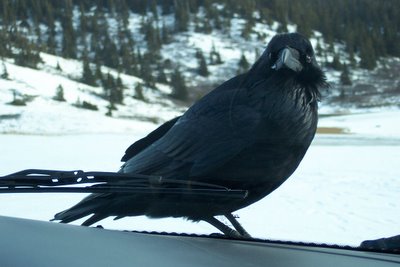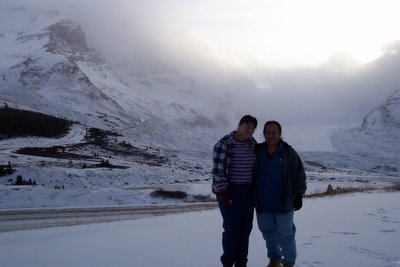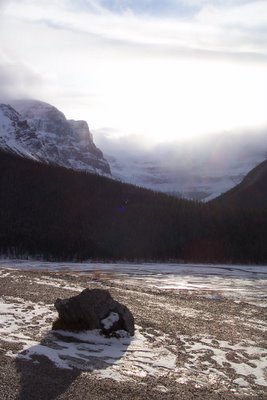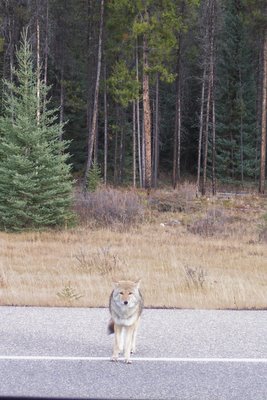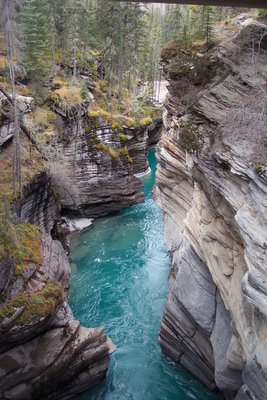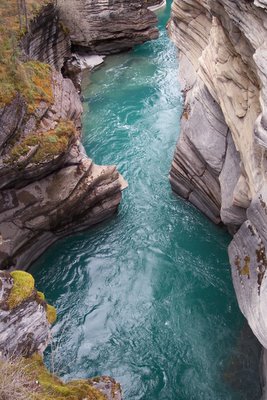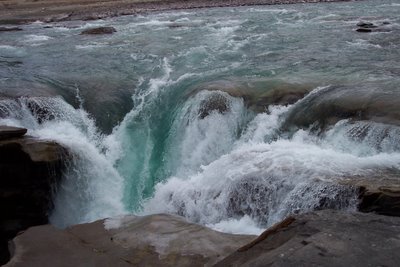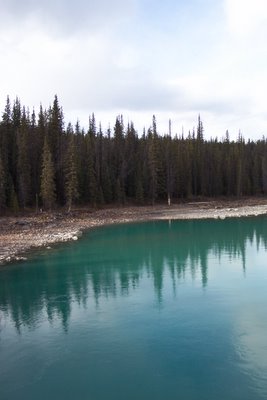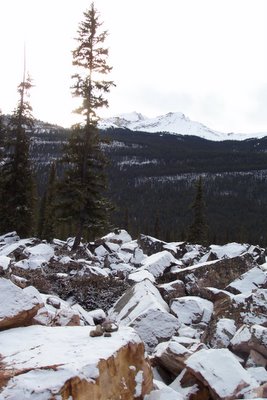
Our guide informed us that this rockslide occurred quite some time ago. If memory serves, he said it's at least a few hundred years old.
The orange-ish rocks in the front were overturned to make the road. The rest are blackish due to growth of lichens. Interestingly, this is part of nature's recovery process. When bare rock has been exposed due to fire or other upheavals, it's the lichens who begin growing first on the rock surfaces. In time, moss makes its home in the nutrients provided by the lichens. As the moss and lichens continue to reproduce and die, they provide more rich nutrients that can support other plants in what is really the development of new soil. These other plants live, die, and decompose, and soon trees can also take root in the new soil. Eventually it's all covered over by vegetation, and in a case like this, you'd never know there was a rockslide at all. But this process will take hundreds of years.
